Domaine Rossignol-Trapet En Primeur 2022
THE DOMAINE
Domaine Rossignol-Trapet was established in 1990. This followed the marriage of Jacques Rossignol, of a Volnay winemaking family, to Mado Trapet, Jean-Louis Trapet’s aunt.
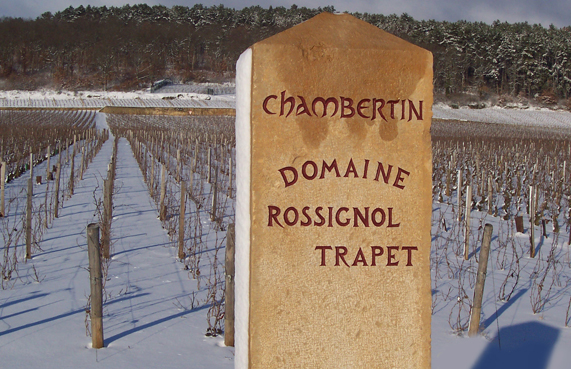
Established in 1990 when the marriage of Jacques Rossignol and Mado Trapet unified two winemaking families – the Rossignols of Volnay and the Trapets of Gevrey-Chambertin.
The latter family holdings were then divided between their three sons when they returned from their studies: David and Nicolas Rossignol and Jean-Louis Trapet. Brothers David and Nicolas later took over the running of the domaine from their father.
In 2005, they began conversion to biodynamic viticulture, obtaining organic and biodynamic certifications in 2008. The cellar, which is partly subterranean, was built in 1983. A row of lights around the cellar walls indicates ground level. The water table lies almost immediately beneath it, ensuring a high level of natural humidity.
VINTAGE
Fortunately, unlike 2021, early April frosts did not result in damage, as the vines had not yet budded.
Spring was beautiful and warm with flowering at the end of May, heralding a particularly early harvest, followed by a record early heatwave at the beginning of June.
There were heavy rains from 20th June, with 80mm falling on Gevrey-Chambertin in less than 30 minutes and a period which recorded almost 180 mm in nine days, leading to strong mildew pressure, which was quickly contained.
This soil water saturation was an advantage ahead of the dry, hot summer. The vines benefitted from a wide diurnal temperature range, with cool nights and very hot days.
Harvest began on 8th September, with beautiful warm weather, the vines and grapes not having suffered from drought. The berries were plump and the vines had magnificent foliage.
An average of two-thirds whole-bunch fermentation was used, with rapid fermentations. Barreling down and malolactic fermentation took place during the month of October.
There was no pigeage at the domaine in 2022 or 2023. Nicolas compared the 2022s to the 2016 and 2012 vintages.
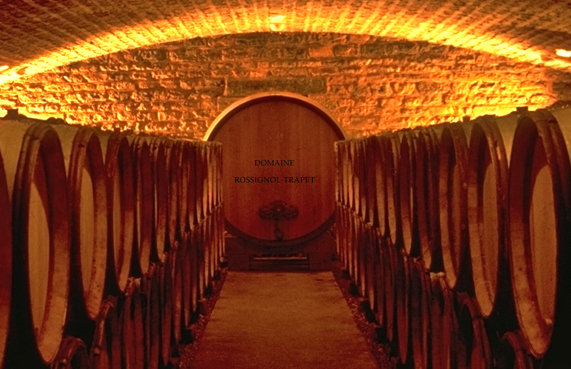
BUY ONLINE
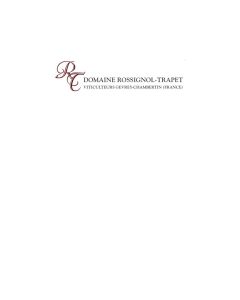
-
France
Burgundy - Pinot Noir
- ABV 14.0%
-
Lay down
2026 - 2035 - En Primeur
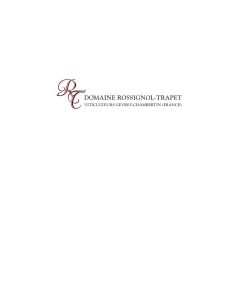
-
France
Burgundy - Pinot Noir
- ABV 13.0%
-
Lay down
2026 - 2035 - En Primeur
TASTING NOTES
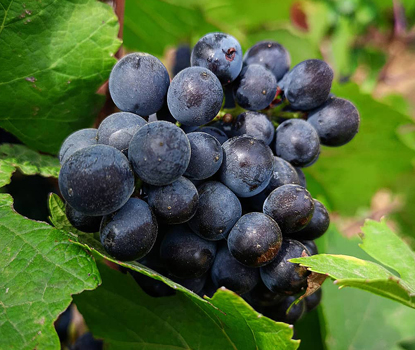
THE 2022 VINTAGE AT DOMAINE ROSSIGNOL-TRAPET
Partial whole-bunch fermentation is used here (two-thirds on average in 2022). Wines are not racked after the malolactic conversion, which is always finished by the end of November (it went through in October in 2022). The proportions of new oak are around 25% for the premiers crusand 40-50% for the grands crus. Barrels, from François Frères, Rousseau and Chassin, receive a medium-long toast and are dried for 36 months.
BEAUNE 1ER CRU LES TEURONS
This 1.2 hectare plot, planted in 1978, is on the high part of Teurons, close to the woods and beside Aux Cras. This is a stony, iron-rich red soil. The cliff at the top of the slope reflects the sun and, along with the trees, protects the vines, making for early ripening. A Teurons of bright raspberry fruit, juicy and joyful, with supple tannins. Irrepresible, this is a great start (it was the first 2022 I tasted!) 10% new oak, with 50% whole-bunch vinification.
Corney & Barrow Score 17.5+
Recommended drinking from 2026–2034
GEVREY-CHAMBERTIN AUX ETELOIS
Aux Etelois is a lieu-dit just downslope from grands crus Chapelle- and Griotte-Chambertin. The soils here are very stony. I had always assumed the name derived from étoille but, less romantically, it appears to come from the Latin for ‘hut’. Which just does to show that you shouldn’t look up everything. Enticingly spicy on the nose, with poised, cool raspberry aromas and a hint of cedary richness behind. The palate is sappy and supple, the red berry flavours delineated by a hint of undergrowth and a line of dark rocky minerality. Then the merest squeeze of fine tannin on the finish. This hangs together beautifully. Tasted in London in January 2024.
Corney & Barrow Score 17.5-18
Recommended drinking from 2026–2035
GEVREY-CHAMBERTIN VIEILLES VIGNES
This is a selection from just over five hectares of 45-85 year old vines, across eight different parcels, with light gravelly soils. Dark and sinewy, the naturally robust tannins here are fleshed out by juicy raspberry and blackberry fruit, coming to a sappy point on the long finish. Lovely rose perfume and exotic spices. Two thirds whole-bunch fermentation, 10% new oak. This is the domaine’s highest production cuvée: around 20,000 bottles were made in 2022.
Corney & Barrow Score 17.5+
Recommended drinking from 2026–2035
GEVREY-CHAMBERTIN 1ER CRU CLOS PRIEUR
This comes from a 0.25 hectare plot planted in 1986. Sometimes called a ‘baby Mazis’, it is just down the slope and across the road from Mazis-Chambertin. Intense dark berry perfume. The palate is rich and lushly fruited, whilst retaining a core of fresh acidity which enlivens the impressive raspberry and blackberry fruit. Two thirds whole-bunch fermentation, with 25% new oak.
Corney & Barrow Score 18
Recommended drinking from 2027–2040
GEVREY-CHAMBERTIN 1ER CRU PETITE CHAPELLE
Just beneath Clos de Bèze, Petite Chapelle has a 1.5m deep layer of top-soil and, in Nicolas’ words, is “full of clay”. This is a 0.5 hectare holding, straddling both lieux-dits of Petite Chapelle. Dark and saturated, this is a wine of substance in 2022. The fine tannins have a fleshy fruit-coating, with demonstrative red berry and cherry fruit. Rich and showing its clay-heavy soils. Two thirds whole-bunch fermentation, with 25% new oak.
Corney & Barrow Score 17.5+
Recommended drinking from 2027–2040
LATRICIÈRES-CHAMBERTIN GRAND CRU
One parcel here dates from the 1930s and another was planted after the 1956 frost. Latricières is once again the most aromatically expressive of the grands crus, perhaps due to its breezier, less protected aspect. Dark, forest fruit aromas, this has the coolness of Latricieres, with the natural exuberance of 2022. The palate is lush and supple, with blackberry coulis and sweet redcurrant overlaying the fine precision of this site. Two thirds whole-bunch vinification, with 40% new oak.
Corney & Barrow Score 18
Recommended drinking from 2028–2042
CHAPELLE-CHAMBERTIN GRAND CRU
The domaine’s Chapelle-Chambertin comes from two parcels – En la Chapelle (planted in the 1960s) and Les Gémeaux (planted in 1924). Both are warm sites, directly below Clos de Bèze, with a mere 50 centimetres of soil above the rock. These tend to be slightly earlier-ripening than the other grands crus. The soil consists of layers of rock, with holes into which the roots can penetrate.The warmer soils here tend to make for a more opulent wine. In 2022, there is certainly more red berry fruit compared to Latricières but, when tasted in October 2023, this was easier to access and more immediate – a disarmingly pretty, yet dense wine. Two thirds whole-bunch vinification, with 40% new oak.
Corney & Barrow Score 18+
Recommended drinking from 2028–2042
CHAMBERTIN GRAND CRU
The domaine’s Chambertin is from two parcels in the centre of that great terroir, which run the length of the vineyard from top to bottom, and are simply known as ‘north’ (a third) and ‘south’ (two thirds). Clenched and powerful on the nose, without giving much away. The palate is similarly tight, with a generous fruit-coating to the muscular, chalky tannins. It is not until the finish that you get a little sashaying exuberance and flair. As shy as it is at present, I think this is going to be very special. Two thirds whole-bunch vinification, with 40% new oak.
Corney & Barrow Score 18.5
Recommended drinking from 2028–2050
